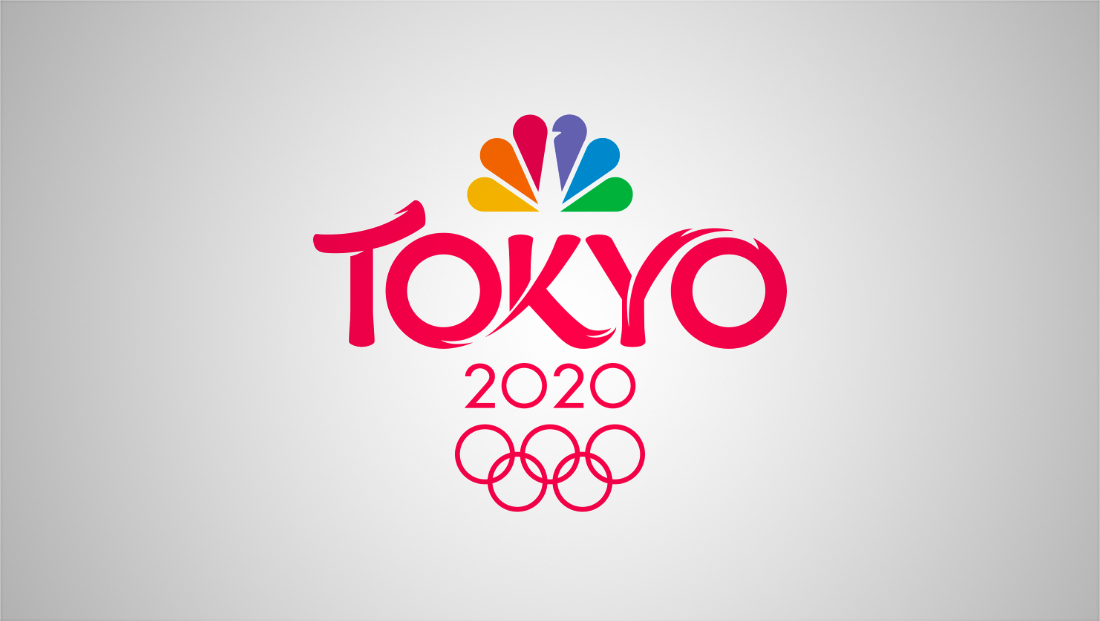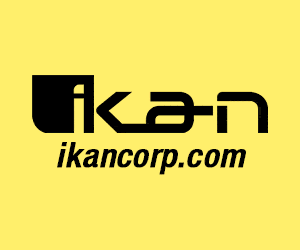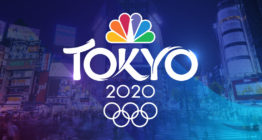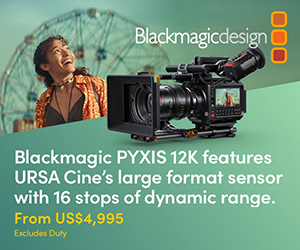The technology powering NBC’s Tokyo Olympics coverage

Weekly insights on the technology, production and business decisions shaping media and broadcast. Free to access. Independent coverage. Unsubscribe anytime.
NBCUniversal will present 7,000 hours of coverage of the 2020 Tokyo Summer Olympics across its platforms including NBC, NBCSN, Telemundo Deportes and Peacock.
At the heart of this production effort will be a variety of tools and solutions.
Cameras and Switchers
NBC will utilize nearly 100 Sony cameras at event venues, for athlete interviews and at press conferences. Cameras including Sony’s HDC-3500 – which allows for IP-enabled transmission – will be utilized along with XDCam camcorders including the PXW-Z750, PXW-Z450, PXW-X400 and PXW-Z280. For slow motion replays, Sony’s HDC-5500 and HDC-3500 4K/HDR high-frame rate cameras will be utilized.
NBC Olympics will use several of Sony’s production switcher models including the flagship XVS-9000 IP-ready switcher and the XVS-8000 and XVS-6000 video switchers designed for IP- and SDI-based production. The switchers will handle feeds from each venue to NBC Olympics’ production facility in Tokyo, as well as to originate HD cable coverage across NBCUniversal’s various networks and platforms.
“For the Tokyo Games, NBC Olympics has been planning for several key advancements as we progress towards UHD and a new generation of infrastructure,” said David Mazza of NBC Sports. “This includes the conversion of the IBC to a fully IP system and the combination of 1080P, 4K and HDR workflows, all while protecting the 1080I SDR streams for our main broadcasts. Sony has been key in assisting us with an updated menu of equipment, and consulting with us on how to ensure these processes run as efficiently as possible while maintaining the highest of quality pictures and reliability.”
Graphics and Augmented Reality
Ross Video will provide augmented reality graphics for NBC’s coverage of the Tokyo Olympics via its Rocket Surgery creative unit, using Voyager with rendering from Epic Game’s Unreal Engine.
“Ross Video’s Voyager product will help the NBC Olympics studio operation bring a next-level immersive visual to our studio presentation, bringing augmented reality to our primetime coverage,” said Michael Sheehan of NBC Sports. “Instrumented Jib & Steadicam will give our creative teams the flexibility to use this great new technology in ways to help tell the stories of these Olympic Games.”
Ross Video works closely with NBC Sports on other marquee properties including “Sunday Night Football.”
Real-time graphics, meanwhile, will be handled by Chyron’s Lyric X, a 4K-ready graphics creation and playout solution. Lyric systems will be used in Stamford to enable an agile workflow for adapting graphics and getting them to air quickly. Additional Lyric systems will be deployed in a dedicated control room in Tokyo to support flexible graphics creation and playout for a select group of events.
The two primary studios for NBC Sports in Tokyo will feature LED video walls powered by Chyron’s Prime Video Walls solution. A single Prime system will feed high resolution graphics and video content to various screens, regardless of size or aspect ratio. Powerful data-binding to scene elements will simplify data visualization.
Remote Production Tools and Workflow Solutions
Signiant will provide file transfer software allowing NBC Sports to move petabytes of footage between its Stamford headquarters and the International Broadcast Centre in Tokyo.
“File movement is central to all of our remote workflows both in Tokyo as well as in our broadcast center in Stamford. We are excited to see how it optimizes our transfers and provides greater resiliency across our domestic and international transfers. Signiant is enabling us to scale up to handle our Tokyo Olympics workload and our increased file sizes due to our HDR and 4K production efforts,” said Darryl Jefferson of NBC Sports.
Signiant’s network optimization technology allows transfer of the footage over standard IP networks, reducing latency and packet loss. The software also allows for content, including advanced graphics work and pre-recorded footage, to be transferred securely back to the broadcast center in Tokyo.
Grass Valley will provide audio and video routing solutions alongside control and monitoring systems for NBC Sports using a Cisco Spine and Leaf switching topology through the GV Orbit NMOS compliant router control. Over 70 IQUCP modular gateways using both the 25GbE and 50GbE product versions, 170 Densitè+ XIP-3901 IP audio/video, SDR/HDR, IS-04/IS-05 processing modules and 16 MV-820-IP multiviewers, underpinning a robust, reliable and future-proof infrastructure. System management is enabled via the GV Orbit dynamic orchestration system, allowing production teams to leverage the power of IP using familiar SDI workflows.
Telestream will provide media capture and automated processing workflows through its Lightspeed Live Capture and Vantage media processing platform, allowing a mixed HDR/SDR workflow.
The Lightspeed Live Capture systems will receive 1080p59.94 HDR signals from the events and create media simultaneously to two different formats. As the 1080p59.94 HDR is recorded in XAVC Class 100 HDR (Hybrid Log Gamma or HLG) format, Telestream’s Vantage software, running on an array of Lightspeed G6 servers will process the media as it’s growing. SDR versions will be created in XDCAMHD 422 at 1080i59.94. The HDR to SDR conversion will be done through a new advanced color processing pipeline in Vantage utilizing color processing Look Up Table filters (LUTs) that translate HDR (HLG) to SDR (Rec. 709). In real time, while Lightspeed Live Capture is under record, Vantage will check both HDR and SDR assets into Avid Interplay. The Vantage system provides frame chase editing capabilities of both the HDR and SDR product, allowing Avid operators to edit on the fly from the live files as they are being recorded.
“It’s truly been a collaborative effort between Telestream, NBC Olympics, and Avid to develop this dual path HDR/SDR production workflow,” said Scott Murray of Telestream. “The work we’ve done here will enable these types of workflows to be repeated for productions of all sizes in a more cost-effective manner going forward.”
Avid will also support the coverage through its MediaCentral and Nexis solutions.
NBC Olympics will deploy Avid’s MediaCentral solutions to drive Tokyo-based remote and on-site workflows that will generate content for linear, OTT and social media platforms. Meanwhile, Avid Nexis shared storage and Media Composer will be utilized for real-time content production and delivery.
MediaKind will supply video contribution and distribution solutions for the coverage.
Amagi Cloudport cloud-based channel playout platform along with Amagi Live will be used to create Olympic Channel’s live coverage in UHD.
NEP Group will provide mobile broadcasting units including Supershooter 8, ST1 and ND6, along with on-site support for various events including the Opening Ceremony.
XT-VIA servers from EVS will be utilized for on-site and in Stamford. With over three times the internal bandwidth of the flagship XT3 server, the XT-VIA provides 12-plus channels of 1080p and six or more channels of UHD-4K in both SDR and HDR, with a performance level that answers the high demands of NBC Olympics’ production.
Audio
RTS will provide broadcast intercoms for NBC with over 600 ports, using OMNEO for local communication and RVON for international comms.
Calrec will provide the sound of NBC Olympics including a mix of Artemis and Brio audio consoles as well as six RP1 remote broadcast mixing systems. In total, there will be six Calrec Artemis consoles in Stamford with a 64 fader Artemis and a Brio console in the Main Control Room in Tokyo. Also in Tokyo is a 32 fader Artemis Beam handling the audio in the 4K control room for “immersive” audio broadcasts, and two 40 fader Artemis consoles used in NBC Olympics’ fly packs for ‘immersive’ beach volleyball and golf production.
For the remote production workflow, six RP1 units will connect NBC Olympics studios in the IBC with Stamford control rooms, as well as two studios on-site in Tokyo, basketball and volleyball venues to their home control rooms. Two Brio consoles are also in use at the downtown studios splitting the audio for redundancy between RP1 and Brio.







tags
2020 Summer Olympics, 4K Production, Amagi, avid, Avid MediaCentral, Avid MediaCentral Cloud UX, Avid Nexis, Calrec, Calrec Artemis, Calrec Brio, chyron, Chyron Prime Live Platform, ChyronHego, ChyronHego Lyric, Cloudport, Darryl Jefferson, David Mazza, Epic Games Unreal Engine, EVS, Grass Valley, MediaCentral, MediaKind, NBC, NBC Olympics, nbc sports, NBCUniversal, NEP Group, Olympics, Ross Video, Ross Voyager, RTS, Signiant, Sony, Telestream, Telestream Vantage
categories
4K, HDR and UHD Broadcasting, Acquisition, Audio Mixing & Audio Consoles, Broadcast Audio, Broadcast Engineering, Broadcast Equipment, Broadcast Facility Technology, Cameras, Content Delivery and Storage, Featured, Intercoms, IP Based Production, Media Asset Management, Olympics, Playout & Video Transmission, Production Switchers, Sports Broadcasting & Production, Studio Technology, Video Editing